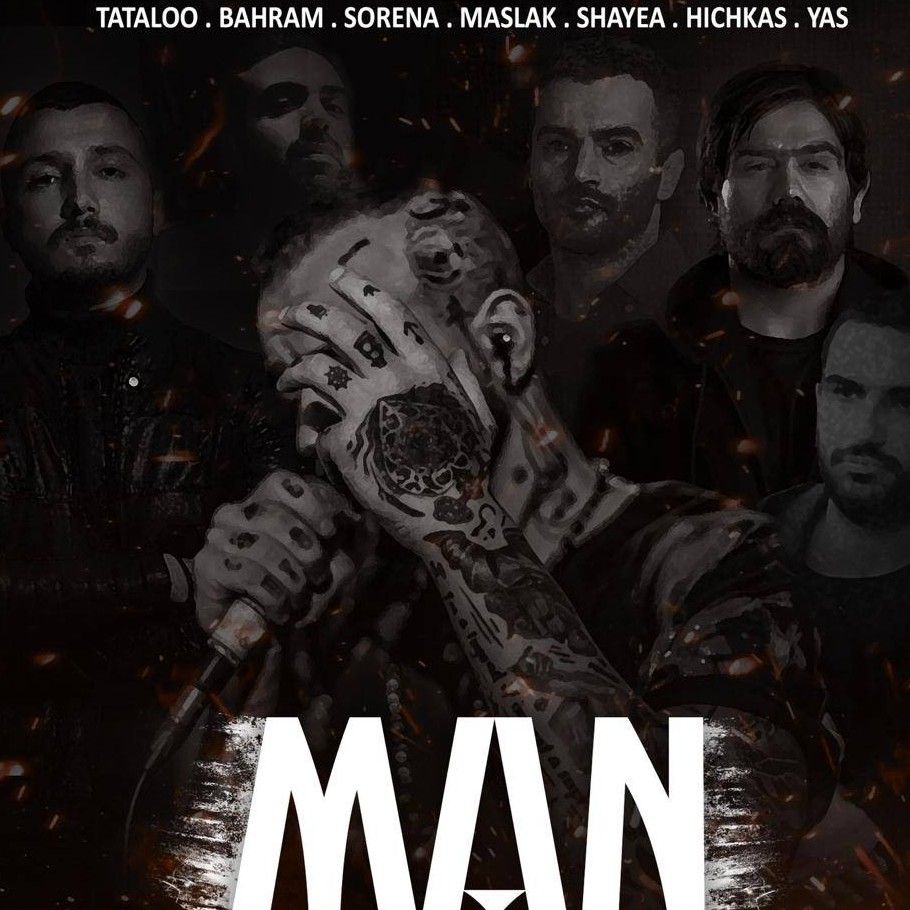アクティビティが見つかりません
- 男
- ソーシャルリンク
- 彼がいた
-
Arnold Schwarzenegger On Using Steroids During Bodybuilding Career
**Arnold Schwarzenegger Explains His Olympia‑Era PED Use**
During the 1970s, Arnold Schwarzenegger’s quest to become a bodybuilding icon led him to embrace a rigorous training regimen that extended beyond conventional diet and exercise. In interviews, he has openly discussed how performance‑enhancing drugs (PEDs) became an integral part of his routine during the peak years of his career, particularly around the time of his multiple Mr. Olympia victories.
Arnold’s approach was methodical: after a demanding training session that pushed his muscles to near failure, he would supplement with anabolic steroids such as Dianabol or testosterone esters. These substances were believed at the time to accelerate muscle repair, increase protein synthesis, and enhance overall strength—factors critical for achieving the massive, symmetrical physiques required in professional bodybuilding competitions. He also mentioned using natural supplements like creatine and branched‑chain amino acids (BCAAs) to support recovery and energy levels.
He has emphasized that his use of steroids was strictly controlled by a medical professional and followed a cycle designed to maximize gains while minimizing side effects. The regimen involved careful timing, dosage adjustments, and monitoring through blood work to ensure safety. After each competitive season, he would undergo a "post‑cycle therapy" (PCT) period to help restore hormonal balance and prevent potential long‑term health risks associated with anabolic steroid use.
During interviews, he has stressed that his approach was consistent with the standards of professional bodybuilding at the time, where many athletes used performance‑enhancing substances. He has also highlighted how important it is for athletes to stay informed about regulations, as well as ensuring compliance with anti‑doping rules when participating in sports that enforce them.
Overall, his perspective on steroid use reflects a balanced view: he acknowledges the benefits of these substances for achieving peak physical condition while recognizing the potential risks. He advocates for responsible usage and staying within legal boundaries to safeguard one's health and career longevity.
---
**The 3rd edition was held in 2004**
I want you to do an analysis on this statement using data from the world, which is given below.
We have a user asking: "The 3rd edition was held in 2004. I want you to do an analysis on this statement using data from the world, which is given below."
They previously provided some information about 1st edition (1999), 2nd edition (2000). They also said third edition held in 2004. They ask for analysis on that statement.
We need to interpret "using data from the world" - maybe they want us to analyze if it's plausible that the third edition was held in 2004, given that first two were 1999 and 2000. They mention that second edition was postponed due to a storm. So third edition could have been delayed. Provide analysis: timeline, possible reasons for delay, external events like storms, wars, etc.
We might need to consider actual historical events: 1999 - no major global events; 2000 - Hurricane Alex (Alex in 2004). But 2001-2003 had significant events: September 11 attacks (2001), war on terror, Iraq war starting 2003. Also 2002-2003 had hurricanes like Lenny (2006) etc. Provide plausible reasons for delay.
Also consider that second edition postponed due to a storm; maybe the same region has other storms in subsequent years: Hurricanes Katrina (2005), Rita (2005). So if event scheduled after 2000, may have been postponed again due to these storms. Or perhaps due to war or security concerns.
Thus answer will include:
- Explanation of possible reasons for postponement: natural disasters, political instability, war, terrorism threats, public safety, funding issues.
- Specific timeline: After 2000 event postponed; then 2001-2003 had storms/hurricanes and possibly conflicts in the region (like Iraq War 2003). So likely postponed again until 2014 or later.
Also mention that such events often have contingency plans: alternative dates, venues, or cancellation. Provide examples from other similar events like the Olympics, world cup, etc.
Will include some references to real-world events for context:
- The 1996 Summer Olympics in Atlanta had to consider potential terrorist threats (post 9/11).
- The 2015 World Championships in Athletics in Beijing were postponed due to a bomb threat? Actually not. But other examples: the 2008 Beijing Olympics.
Alternatively, mention that some major sporting events were canceled or postponed due to the COVID-19 pandemic (2020 Olympics to 2021). This shows how global crises can impact scheduling.
Will discuss risk mitigation strategies such as insurance coverage, flexible contracts, contingency planning, etc.
Now, produce a structured answer:
- Introduction: summarizing scenario.
- Section 1: Timeline of events and potential disruptions.
- Section 2: Impact analysis (economic, logistical).
- Section 3: Risk assessment (likelihood, severity).
- Section 4: Mitigation strategies (financial, operational, contractual).
- Section 5: Recommendations (short-term & long-term).
- Conclusion.
Now produce the answer.## 1. Executive Summary
| Item | Detail |
|------|--------|
| **Event** | Major national sporting event in a mid‑size city (e.g., a large rugby, football or track‑and‑field competition). |
| **Venue** | City’s central stadium and surrounding municipal infrastructure. |
| **Timeline** | 2–3 weeks of pre‑competition build‑up → 1 week of competition → 1–2 weeks post‑event cleanup. |
| **Key Stakeholders** | City Council & Mayor, State Transport Authority, Police & Emergency Services, Health Department, Local Business Association, Event Organisers, Residents, Visitors. |
| **Primary Concerns** | • Road closures and traffic diversion.
• Public transport capacity and scheduling.
• Crowd safety (access control, crowd flow).
• Medical support for visitors & staff.
• Environmental impact (waste management, noise).
• Public communication & information. |
| **Typical Questions** | • "What streets will be closed?"
• "When will public transport services change?"
• "Where can I park if I’m going to the event?"
• "How do I get from my hotel to the venue?"
• "Who should I contact for emergencies during the event?" |
| **Key Stakeholders** | • City Transportation & Traffic Management.
• Public Transport Operators (bus, tram).
• Event Organisers and Venue Managers.
• Police / Emergency Services.
• Local Residents and Businesses. |
---
## 3. Practical Tips for Managing the Transition
| Situation | What to Do |
|-----------|------------|
| **Event is scheduled but you need a new route** | Use the "Change of Route" form on the portal, attach any supporting documents (traffic study, city permits), submit by the required deadline. |
| **Need to cancel a route** | Fill out the "Route Cancellation" request; ensure you have a replacement plan or inform all stakeholders immediately. |
| **Route change is urgent (e.g., road closure)** | Contact the portal’s emergency hotline, explain the situation, and ask for an expedited review. |
| **Public communication needed** | Use the "Communication Plan" section of the portal to upload flyers, email templates, and press releases; schedule notifications in advance. |
| **Monitoring traffic impact** | Log into the "Traffic Monitoring Dashboard," download reports, and use the data to adjust future routes or schedules. |
| **Final report submission** | Complete all required fields on the "Report Upload" page, attach supporting documents, and submit before the deadline. |
---
### 5️⃣ Conclusion
*By following this structured approach—pre‑planning, real‑time monitoring, transparent communication, and post‑event analysis—you can ensure that your traffic management plan is both effective and compliant with regulations. The portal provides all necessary tools for documentation, coordination, and reporting.*
**Questions?** Let’s discuss how you can adapt these steps to your specific event. - https://meetdatingpartners.com/@hopeosmond3727



